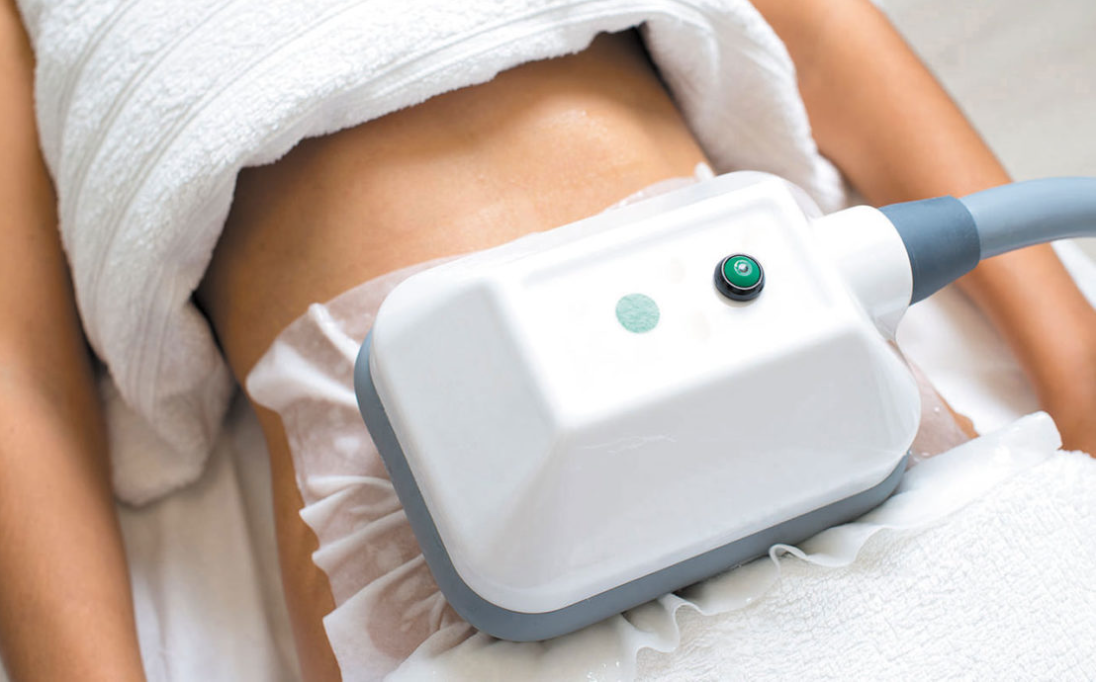Cryolipolysis
Cryolipolysis, commonly known as fat freezing, is a non-surgical weight loss procedure that uses cold temperatures to reduce fat deposition in certain areas of the body. This method is designed to reduce localized deposits or bumps of fat that do not respond to diet and exercise and is not intended for people who are obese or significantly overweight.
What areas of the body are suitable for cryolipolysis?
The Food and Drug Administration has approved cryolipolysis for the treatment of fatty deposits under the chin, arms, inner and outer thighs, abdomen, buttocks, hips, upper back, waist and abdomen.
Procedure details
How is cryolipolysis performed?
This procedure can be done in a doctor's office or outpatient clinic. The size and shape of the fat deposit is assessed and the treated area is marked with a skin pencil.
A hand-held device called an applicator is used to freeze the layer of fat cells under the skin. First, a gel pad is applied to the skin to protect it. Next, the fat bulge is sucked into the empty opening of the applicator. By applying suction, you will feel tension. These sensations, severe cold, and other possible sensations - tingling, pain, cramping - subside after 5 to 10 minutes as the area becomes numb during the cooling process. The fat layer gradually cools to the desired temperature between 30.2 and 39.2 degrees Fahrenheit.
Treatment of an area takes up to an hour. After treating the area, the applicator is removed. This area can be massaged for 2 to 3 minutes to help break down fat cells.

How are fat cells destroyed?
This technique is based on the finding that fat cells are more prone to damage from cold temperatures than other cells, such as skin cells. Cold temperatures cause damage to fat cells. This damage triggers an inflammatory response by the body that leads to the death of fat cells. Macrophages, a type of white blood cell and part of the body's immune system, are called to the site of injury to remove dead fat cells and waste products from the body.
Studies have shown that the average fat loss is between 15 and 28% about 4 months after initial treatment. However, you may notice changes from 3 weeks after treatment. Significant improvement is observed after about 2 months.
Cryolipolysis has many benefits:
No surgical incision is required.
This is a low risk method. There is no risk of infection.
This method can be done on an outpatient basis.
Patients do not need to be anesthetized before surgery.
More than one area of the body may be treated in one session.
Most people can resume their normal daily activities immediately after treatment.
This method can be done for people of any age.
No damage to nerve fibers, blood vessels, muscles or permanent damage to the skin in the treatment area.
Fat cells that are damaged or destroyed are permanently removed from the body.
What are the disadvantages of cryolipolysis?
This method is recommended only for people who are in good general health and have no neurological or orthopedic problems and are looking to reduce spot fat in certain areas of the body. Cryolipolysis is not recommended for people who are significantly overweight or obese.
More than one session may be needed to achieve the desired results.
If more than one treatment session is needed, the next session can not be done until 6 to 8 weeks after the first session. This is because it may take a long time for the damaged fat cells to be removed from the body.
The results will not be known immediately. As fat cells are gradually removed from the body, it takes 3 to 6 months to achieve the desired results.